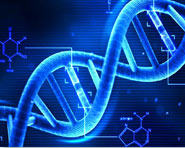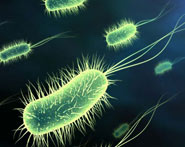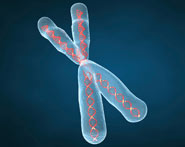


 النبات
النبات
 الحيوان
الحيوان
 الأحياء المجهرية
الأحياء المجهرية
 علم الأمراض
علم الأمراض
 التقانة الإحيائية
التقانة الإحيائية
 التقنية الحيوية المكروبية
التقنية الحيوية المكروبية
 التقنية الحياتية النانوية
التقنية الحياتية النانوية
 علم الأجنة
علم الأجنة
 الأحياء الجزيئي
الأحياء الجزيئي
 علم وظائف الأعضاء
علم وظائف الأعضاء
 الغدد
الغدد
 المضادات الحيوية
المضادات الحيوية|
Read More
Date: 18-11-2021
Date: 25-8-2021
Date: 23-8-2021
|
Dietary Carbohydrate and Blood Glucose
Some carbohydrate-containing foods produce a rapid rise followed by a steep fall in blood glucose concentration, whereas others result in a gradual rise followed by a slow decline (Fig. 1). Thus, they differ in their glycemic response (GR). [Note: Fiber blunts the GR.] The glycemic index (GI) ranks carbohydrate-rich foods on a scale of 0–100 based on the GR they cause relative to the GR caused by the same amount (50 g) of carbohydrate eaten in the form of white bread or glucose. A low GI is <55, whereas a high GI is ≥70. Evidence suggests that a low-GI diet improves glycemic control in diabetic individuals. Food with a low GI tends to create a sense of satiety over a longer period of time and may be helpful in limiting caloric intake. [Note: How much a typical serving size of a food raises blood glucose is referred to as the glycemic load (GL). A food (for example, carrots) can have a high GI and a low GL.]
Figure 1: Blood glucose concentrations following ingestion of food with a low or high glycemic index (GI). [Note: The GI is defined as the area under the blood glucose curve.]



|
|
|
|
لشعر لامع وكثيف وصحي.. وصفة تكشف "سرا آسيويا" قديما
|
|
|
|
|
|
|
كيفية الحفاظ على فرامل السيارة لضمان الأمان المثالي
|
|
|
|
|
|
|
العتبة العباسية المقدسة تجري القرعة الخاصة بأداء مناسك الحج لمنتسبيها
|
|
|